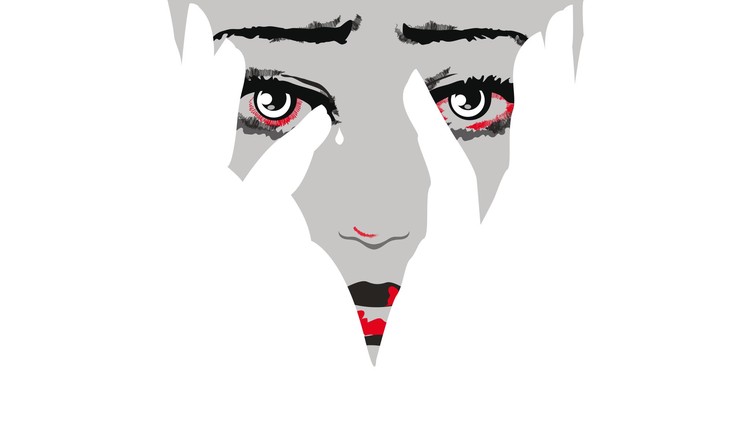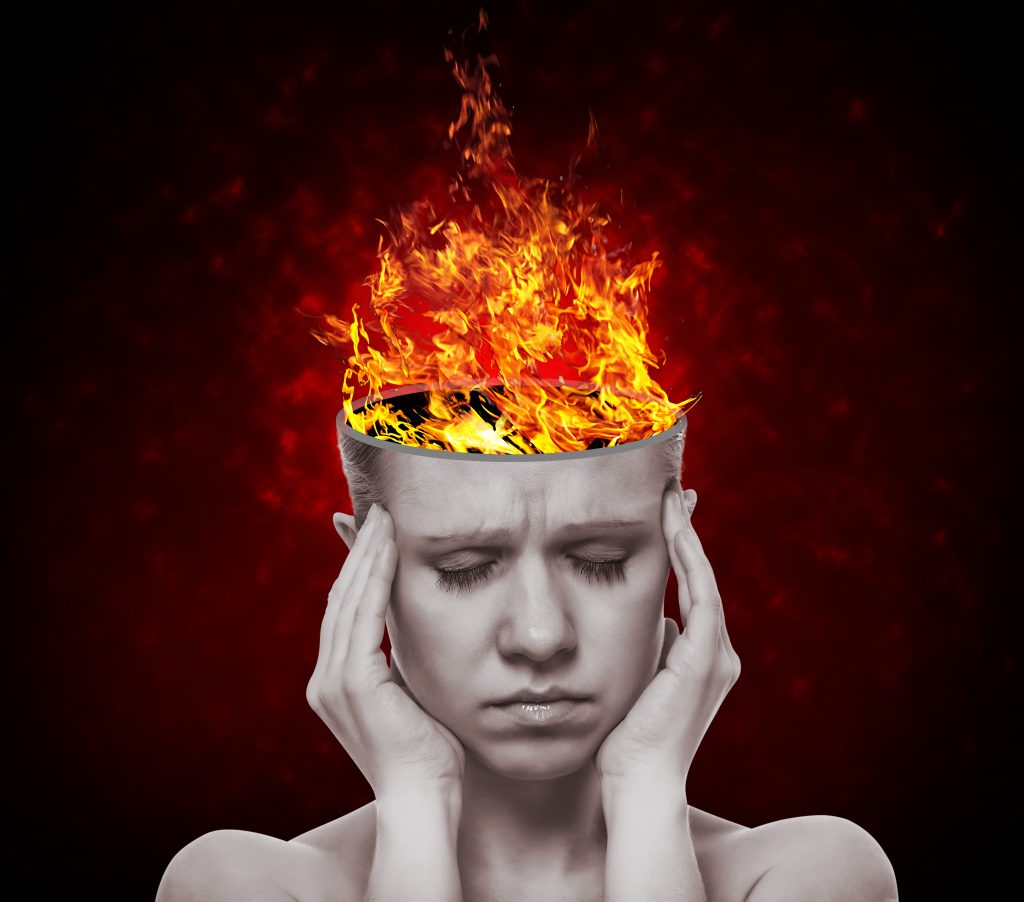I found a link to a very interesting article on the Beyond Meds site. The article is called The Creativity Crisis and it documents how creativity is key to a society’s success, and yet it has been in a decline in the US since about 1990. The article finds various reasons for this, but one reason it doesn’t mention is the dramatic escalation of use of psychiatric drugs for kids since that time. Even Ritalin and other stimulants used for “ADHD” is known to reduce creativity, but the antipsychotics, also increasingly used for kids, are even more dramatic in their ability to inhibit original thinking.
It’s interesting that our society tends to view “living in your own world” or even “attending to internal stimuli” as the hallmark of mental illness, yet as this article points out, it is also key to creative development. There’s even a word for the “imaginary worlds” that creative people often develop in childhood and then take with them into adulthood: they are called “paracosms.” Really creative kids can see and hear stuff they make up. But what happens to kids like these when they annoy someone and come to the attention of a psychiatrist?
This article actually downplays the connection between creativity and mental and emotional problems – calling it a myth, for example, that creative people tend to be anxious or depressed, and stating that such traits tend to shut down creativity. But when researchers have actually look at people who have had creative achievment as a group, they do find higher than average levels of “mental disorders.” It may be true that anxiety and depression get in the way of creativity, but it also seems true that creative people are prone to struggling with such things.
At one point in the article, it is suggested that people get suicidal because they aren’t creative enough, and points to people who think of all the ways things can go wrong, but not to possible solutions, as being the one’s prone to depression and suicide. But this could also be seen as misguided creativity – the creativity is all going into seeing how things could go wrong, and not into possible solutions. So I think it makes more sense to see mental and emotional problems as often related to misguided creativity, and to see the solution as helping people learn to use their creativity in more constructive ways.
One interesting part of the article is the distinction made between divergent and convergent thinking, and how both play a key role in successful creativity. In psychiatry, both these forms of thinking are well known – but there they get labels like “positive symptoms” for thinking that diverges from “normal,” and “negative symptoms” for thinking that seems too convergent, when too many possibilities have been eliminated and the person seems to be missing something normally present. I think it is true that many people get carried away by both divergent and convergent thinking in ways that are not helpful to them, but I think it is also helpful to know that these forms of thinking have important uses, and that if they are better directed, they can be part of a healthy creative life.
Our society tends to want to produce kids as a sort of standardized product: they should succeed in some simple linear way, shouldn’t cause trouble, shouldn’t do anything freaky, etc. But that isn’t how kids work. We as a society need to be less controlling, and re-envision childhood as a time to explore imaginary worlds. And when young people get lost in their imagination, we need to see that as a sign of potential talent as well as trouble, and help these people learn to put it to constructive use.




American society doesn’t want failure in its students, particularly in the hothouse areas of the East coast (NYC, DC). I presume this is the same for the West Coast. I am amazed at the pressure on these kids to succeed. Eveybody’s got to be outstanding in some way, and not just in academics. The Harvard applicant has driven the process. I have noticed that these young people seem to be socially mature (we have interns where I work) but many of them seem very controlled and unexpressive. I also noticed this in a kid in my Sunday school class. I was wondering why he seemed so flat. Later I found out he had been on Ritalin for years. I don’t want to say these “kids” aren’t impressive, because in many ways they are, but they also seem kind of flat.
Another thought I have is that confidence is in many ways the antithesis of creativity. Think of comedians, to name one creative outlet. Comedians build careers on being unconfident. Primary schools through high schools have been emphasizing confidence building skills for years. (Somehow, the message must have missed my family. . . ha ha)